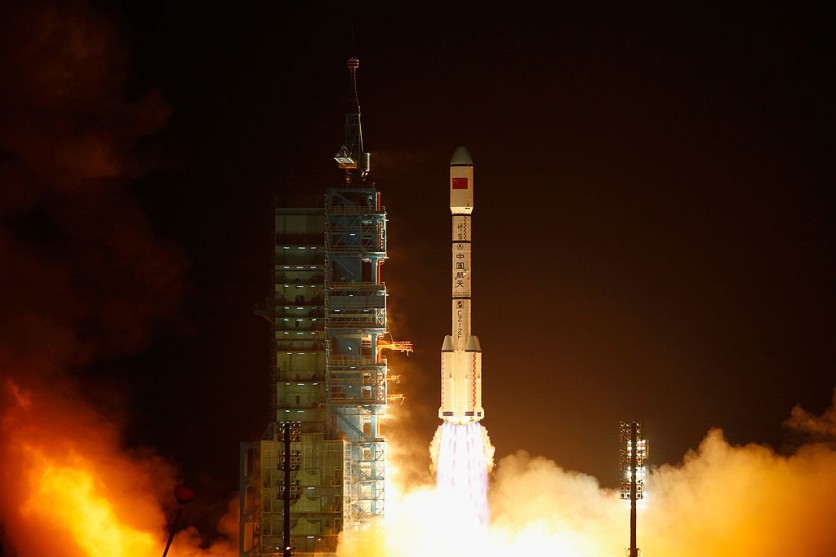Rocket Lab is now re-igniting the Rutherford engine, as reported by TechCrunch. The engine was used in the booster that launched four months ago, which is a significant step on the company's roadmap to having a fully reusable rocket.

The Rutherford Engine
The Rutherford engine has been through a lot, even if it's one of nine that power the Electron launch vehicles in May. Rocket Lab had to drop the rocket in the ocean because of how it affected the helicopter's maneuvering.
The good news is that the Rutherford engine went through a full battery of tests that are required for new engines and blasted for 200 seconds straight. It showed that the used engine still performed the same standard necessary for a new one. You can watch the test here.
Reflying Electron
Re-igniting the engine successfully is a good news because Rocket Lab will be able to refly Electron with only minimal refurbishment. These recovered components that were cryogenically cooled performed well on the test stand with only minimal work done. This only shows that the agency, is indeed, on the right path.
The CEO Peter Beck is optimistic about this. He said that with these results, they might be able to do more and bring back dry engines under a helicopter next time.
Also Read: Rocket Lab Neutron: Virginia to be the Center of its Production and MIssion-But When is It Coming?
Lowering Cost Launch Operations
Launching rockets is very expensive, but reusable boosters, it can reduce the costs significantly. Additionally, it's not easy and cheap to build new engines and rockets. So, Rocket Lab's successful re-ignition of an engine, it may pave the way for better reusable engines in the future.
However, it's essential to consider how the rocket should be used if it's designed for one-time use only; then, it may not be smart to re-ignite its components. But, if the rocket is built for re-use, then it's a different story.
The company is looking to improve its current technology to get the most out of its rockets. This is definitely a big leap forward for the aerospace industry.
The aerospace industry is still in need of technological advances that will help increase the launch rate of commercial missions and make them more affordable. This will have a significant impact on space travel as this will propel humankind farther into space.
With the innovations aerospace companies have come up with, the future seems limitless. The advancements in materials, cost, and ease of use all increase the possibility of launching rockets and setting up space stations.
Rocket Lab's next mission is to capture a falling first-stage boost before the end of the year.
Related Article: Rocket Lab Announces New Program That Will Let Customers Have Their Payloads in Orbit Within 24 Hours
This article is owned by Tech Times.
Written by: April Fowell




